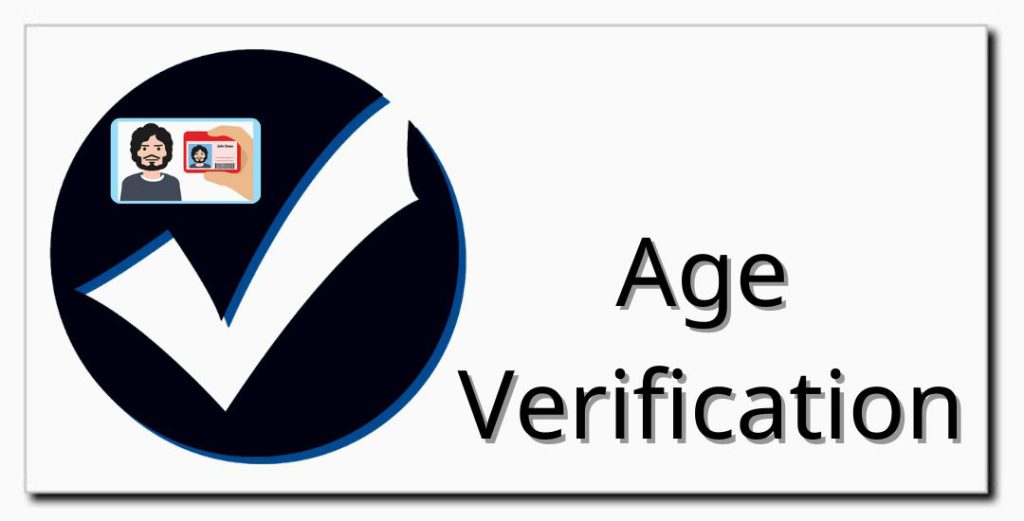Businesses are implementing strategies to eliminate physical labor from their jobs in an online environment where everything is becoming digital. Consumers today prefer to complete every task digitally, from mobile payments to online purchasing. Internet retailers now have to provide a digital place for their goods due to the rise in online users. Additionally, the COVID-19 epidemic forced some firms to switch from having physical locations to online ones. Organizations are utilizing cutting-edge methods to digitize their data extraction processes due to Optical Character Recognition (OCR) software.
OCR screening is a technique that takes information from photos and transforms it so that it can be read by computers. OCR software can process a variety of documents, such as paper or digital photographs of paper-based files. Text recognition software can comprehend handwritten papers that are long and impossible to retrieve data from and convert them into digital files.
Manual vs Digital Data Entry
Prior to the development of technology, businesses relied on human hands to complete operations manually. Because it involved people, the methods took more time to complete and had a higher chance of producing inaccurate results. Record-keeping was a time-consuming process that did not use advanced techniques to achieve its goal.
However, it’s a good thing that software now divides up human labor after technology became the new standard. Digital technology now allows for data entry. The best OCR software application collects any kind of information and converts it into accessible or editable information from a wide variety of files.
How Does OCR Screening Work?
Artificial intelligence-based OCR technologies are now transforming scanned documents into formats that are readable by machines. In order to give consumers reliable results, it generates text in documents using deep learning and data analysis. In order to convert paper files into digital ones, an automatic data extraction software scans the documents as images and finds the contents. As a result, the system may more easily compare character images to those in the databases of OCR systems.
Pre-processing, data extraction, and post-processing are the three phases that make up data extraction.
- All of the tasks required to get the text ready for retrieval are a part of pre-processing. For example, it sets the writing in a straight line, corrects the refraction of light, and raises the brightness of the photographs.
- After studying the information in its various styles, the subsequent stage entails text retrieval.
- Post-processing, the final step, entails the recognition of content in diverse styles.
4 Industries Using OCR Screening Services
No matter the structure or number of languages in the document, an optical recognition system can handle anything. It can also retrieve information from report URLs that users submit. The industries listed below employ OCR recognition to improve their customer experience:
- Healthcare
OCR has many advantages for the healthcare sector. Character recognition has the ability to read, search, and preserve a patient’s medical history, which includes x-rays, reports, prior illnesses, therapies, and tests. The technology makes it simple to digitize documents, which cuts down on manual work.
- Banking
One of the industries that frequently use OCR machine learning software is banking. It helps extract data from checks and other financial documents.
- Legal Industry
Since the legal sector handles a lot of documentation, optical character recognition is quite useful. Court documents, judgments, and verdicts can all be digitally preserved by businesses using OCR.
- Tourism
OCR enables travelers to read their own documents and upload them to a hotel’s site, enabling self-check-in.
Perks of Deploying OCR Screening Services in Businesses
Companies can gain a lot from AI-powered OCR, including the following:
- Businesses can reduce the number of human resources needed in the data entry process by using the software. By employing an automatic OCR recognition algorithm, all firms can reduce their operating costs.
- If companies use OCR software, their productivity can increase. Robust data collecting has replaced manual effort, which can be utilized for other tasks.
- Managing manually entering data is a time-consuming and exhausting operation that has a risk of human error. By digitizing manual tasks, businesses can keep their error rates to a minimum.
Final Thoughts
Data can be extracted from paper-based files and transformed into a machine-readable form using optical character recognition. The information can subsequently be converted into a digital format that is searchable and modifiable. Traditional data entry procedures can be time-consuming and expensive for enterprises. Thus, OCR screening technology is replacing conventional methods with digital ones which makes it easier for people to work. To offer their clients the finest services possible, many industries, like the financial sector, medical, and tourism, are making use of this technology.
James Martin is a passionate writer and the founder of OnTimeMagazines & EastLifePro. He loves to write principally about technology trends. He loves to share his opinion on what’s happening in tech around the world.


